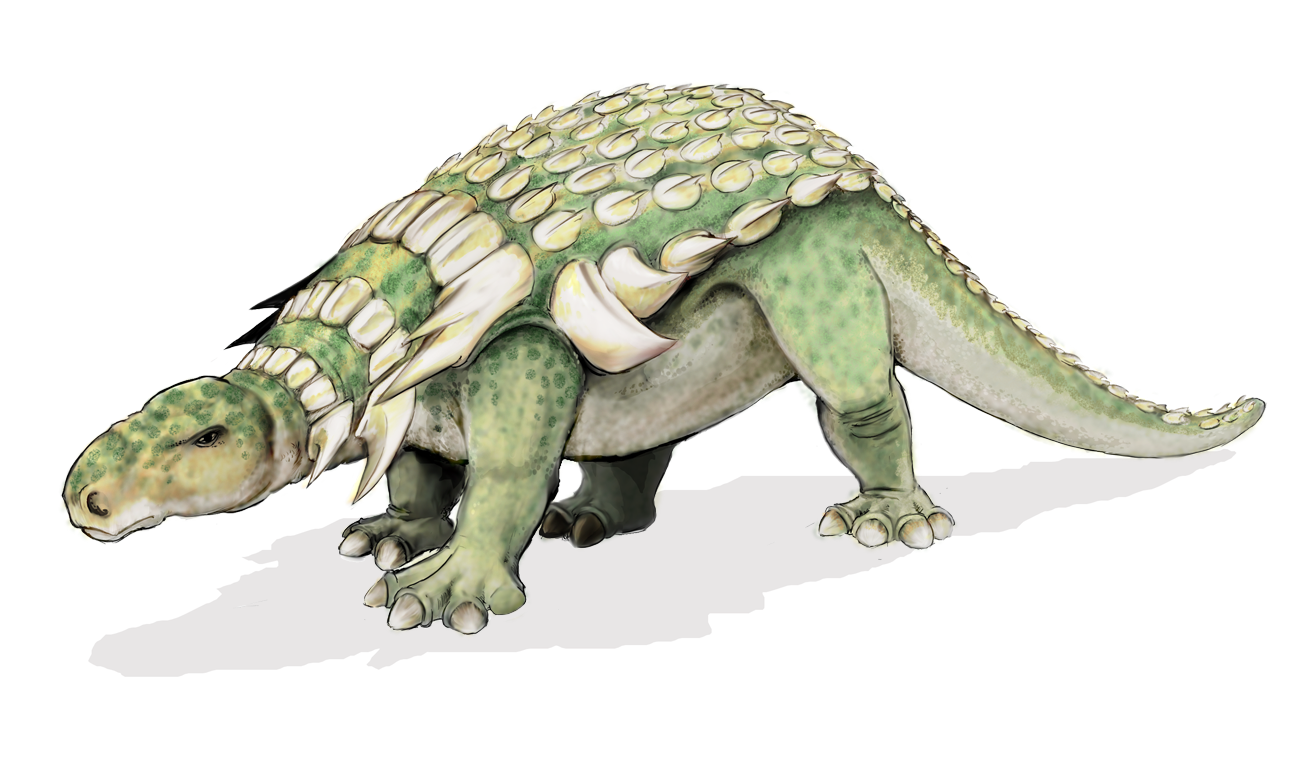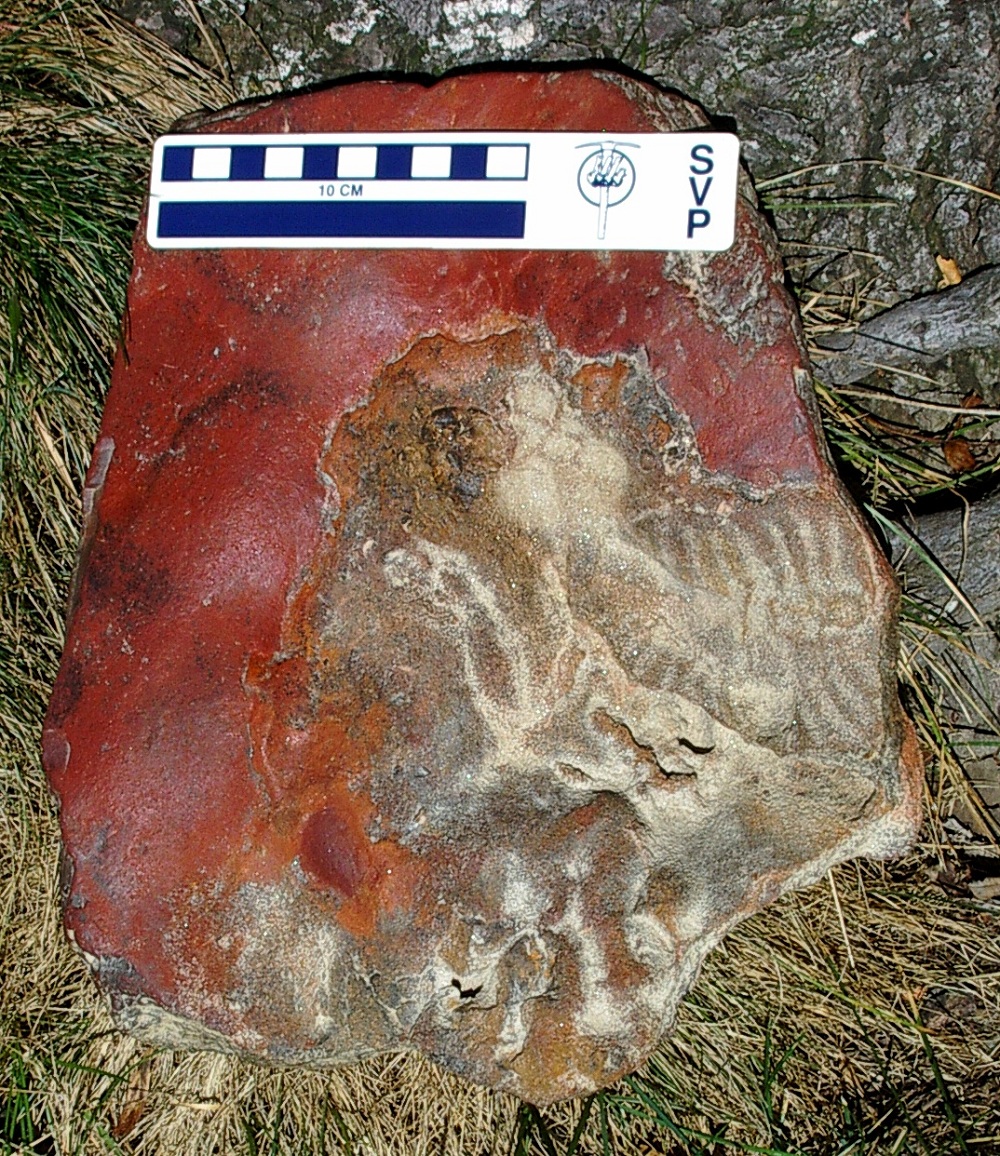Tiniest Baby Dinosaur Discovered by Amateur Fossil Hunter

On a midafternoon stroll with his wife on a Sunday in January 1997, amateur dinosaur hunter Ray Stanford stumbled upon something extraordinary. While walking in the riverbed near his home in College Park, Md., he found the tiniest example of an armored dinosaur anyone has ever seen.
It took awhile for Stanford to realize the find he had on his hands. The impression left by the 5-inch (13 centimeter) baby dinosaur was covered in silt from the riverbed. One night, when a dim overhead kitchen light hit the stone in the right way, the shadows highlighted what was really there, the impression of a tiny dinosaur. [See images of the tiny fossil]
"The little guy was lying on its back, kind of curved,and the depression was filled with silt." Stanford told LiveScience. "I brushed it out and saw this whole ribcage there, saw the cast of the upper right arm and the foot."
Making an impression

When he examined the impressions from the arm bones, he knew he had a nodosaurus on his hands. Stanford said to his wife: "Look at that curve on the humerus [the bone of the upper arm]. That's the kind of curve you only get on nodasaurs, because of the amount of weight they have to carry," he said.
The tiny find is a new species of Ankylosauria, a group of large (they can reach 20 to 30 feet long) armored, plant-eating dinosaurs that spanned from the early Jurassic through the Cretaceous and have made appearances on every continent except Africa. The adults of the species walked on all fours and had bony plates covering their backs and often had spikes down their shoulders or sides. [25 Amazing Ancient Beasts]
"It [this specimen] would look like a very small, but leggy, armored dinosaur," study researcher David Weishampel, of Johns Hopkins University School of Medicine, told LiveScience. "If you took an armored dinosaur, which we know quite well such as Panoplosaurus, and scooched it down to very small size and elongated its limbs, you would have this specimen."
Sign up for the Live Science daily newsletter now
Get the world’s most fascinating discoveries delivered straight to your inbox.
The specimen, now named Propanoplosaurus marylandicus, seems to have a larger brain case and a smaller snout than other ankylosaurs. It lived about 110 million years ago, during the early Cretaceous, in a swampy area that is now Maryland.
New species
The fossil was formed shortly after the little dinosaur drowned in a flood and ended belly up in a lake. When the body finally sank, it landed on its back in the sediment on the lake bottom. Its body left an impression of the top of its skull, its ribcage, and part of its forelimbs and hind limbs. Individual bones can be discerned, but unlike a traditional fossil there were no mineralized or petrified remains.
The impression is also the youngest armored dinosaur ever found, no other specimen has been found this early in life — Weishampel estimates the specimen's age at less than a year. It wouldn't have traveled far from its nesting area either, so it may be possible to find nests or egg casings in the area.
"It's interesting in that it represents such a young individual," Weishampel told LiveScience."We don't have any evidence of eggshell, but we do know the nesting area would not be far away."
The hatchling is currently on display at the Smithsonian's National Museum of Natural History in Washington, D.C.
The study was published in the Sept. 9 issue of the Journal of Paleontology.
You can follow LiveScience staff writer Jennifer Welsh on Twitter @microbelover. Follow LiveScience for the latest in science news and discoveries on Twitter @livescience and on Facebook.
Jennifer Welsh is a Connecticut-based science writer and editor and a regular contributor to Live Science. She also has several years of bench work in cancer research and anti-viral drug discovery under her belt. She has previously written for Science News, VerywellHealth, The Scientist, Discover Magazine, WIRED Science, and Business Insider.










